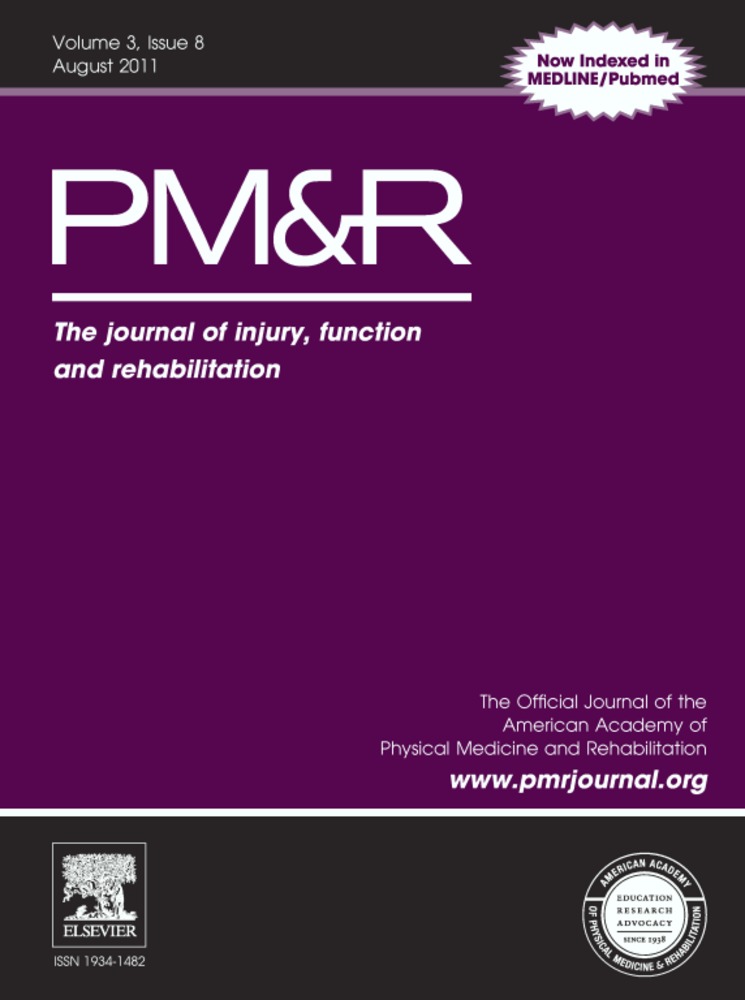Ultrasound Measurement of Transversus Abdominis During Loaded, Functional Tasks in Asymptomatic Individuals: Rater Reliability
Abstract
Objective
To examine the ability of 2 clinicians to consistently measure recorded contractions of the transversus abdominis (TrA) muscle via ultrasound imaging (USI) during lifting and reaching tasks typical of everyday or work-related activities.
Design
Methodologic survey that measured inter- and intrarater reliability.
Setting
University laboratory.
Participants
A subset of 54 cine-loop images that were randomly selected from 6 randomly selected asymptomatic adults from a larger study that consisted of a sample of convenience of 20 asymptomatic adults, with a mean (SD) age of 18.8 ± 2.5 years and mean (SD) body mass index of 25.5 ± 3.5 kg/m2.
Main Outcome Measures
Thickness changes in the TrA muscle at rest and during contraction while performing 5 functional, loaded tasks. Intraclass correlation coefficients (ICC) were used to estimate reliability. ICC model 2,1 was used for all reliability analyses on 3 TrA muscle measures: minimum thickness, maximum thickness, and percentage change in muscle thickness. Percentage thickness change of TrA muscle was calculated as ([thicknessmax − thicknessmin]/thicknessmin) × 100.
Results
Two clinicians both scored 9 trials of 6 randomly selected participants (54 cine loops). Rater 1 scored these images again 28 days later. All image information (participant, trial, task, and testing session) was masked. Interrater ICC (2,1) for TrA muscle measures were moderate (0.71 rested state, 0.83 contracted state, 0.81 percentage change of muscle thickness); and high for intrarater ICC (2,1) (0.97 rested state, 0.99 contracted state, and 0.95% change in muscle thickness).
Conclusion
This study provides data for ensuring acceptable reliability of USI measures of TrA muscle thickness and thickness changes taken during loaded and functional activities. This study is the first to examine interrater and intrarater reliability of recorded cine loop images of asymptomatic adults in upright positions on 3 measures of TrA muscle activation (minimum, maximum, and percent change in muscle thickness). Reliable USI measures of TrA muscle thickness changes meet the ongoing need for clinicians' knowledge of proper and sufficiently adequate muscle activation in the clinical setting to assist progression of lumbar stabilization exercises.




